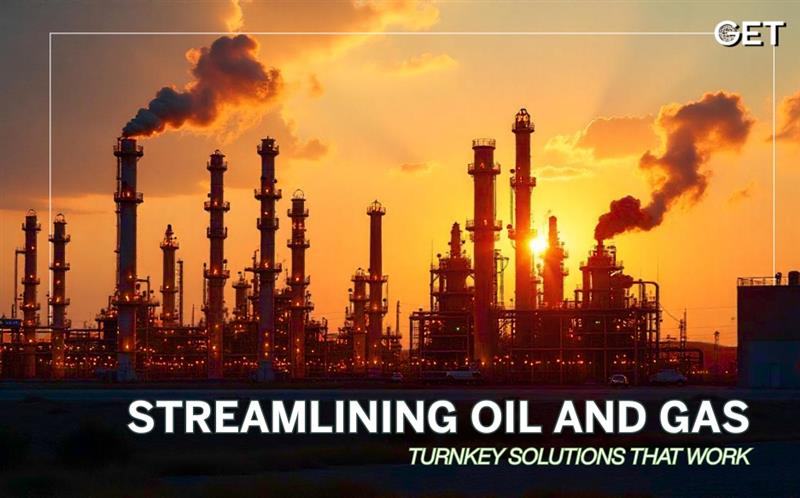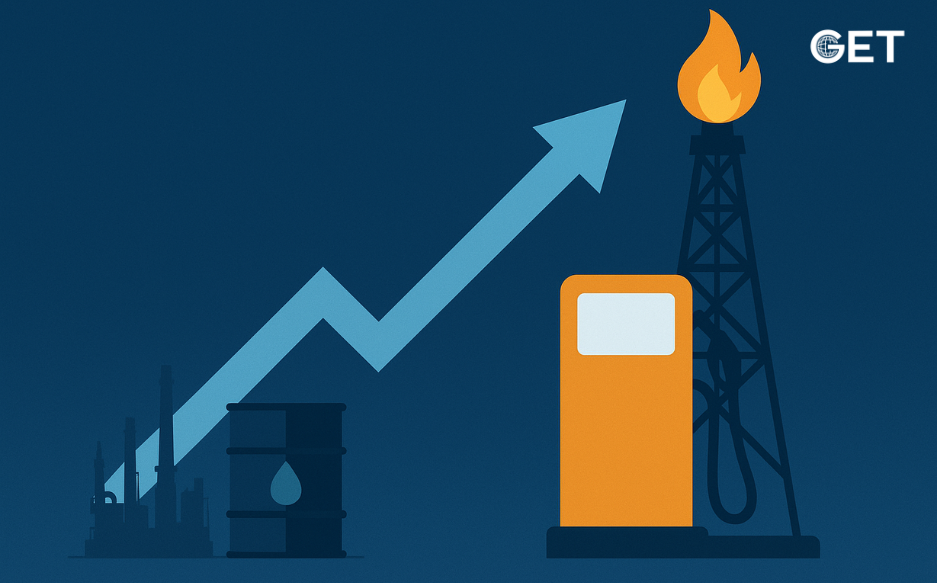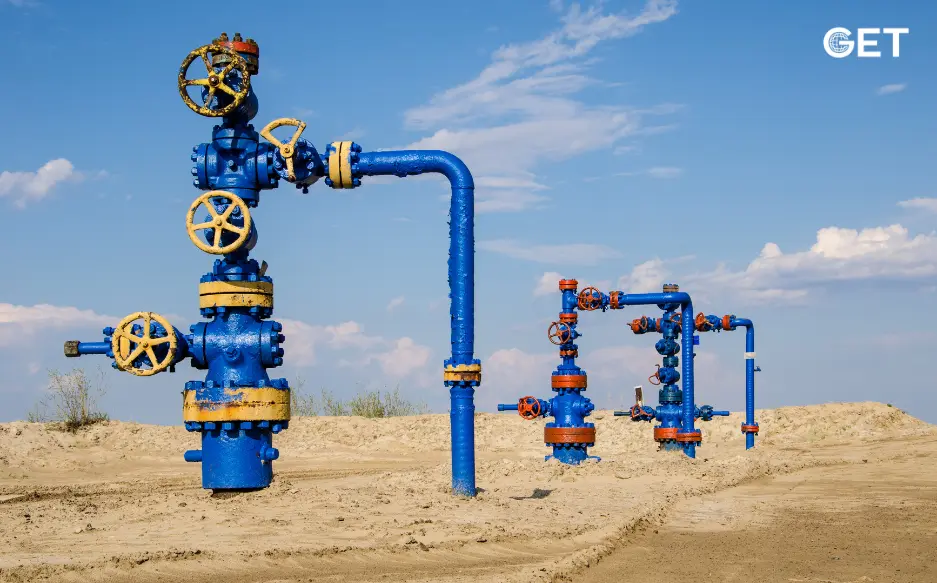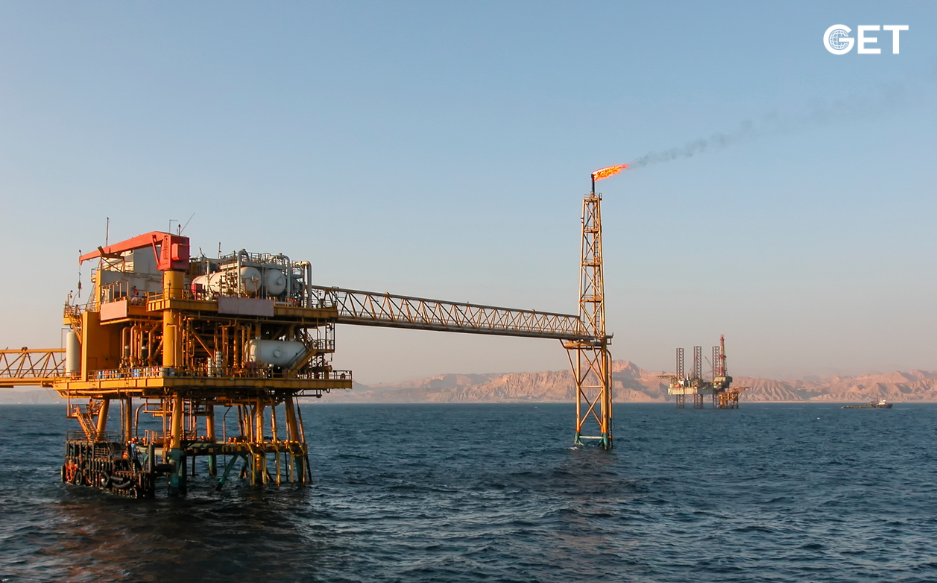
The oil and gas world is always moving. From deep drilling rigs in remote deserts to high-tech platforms in the middle of the ocean, the upstream oil and gas industry never sleeps. And in a sector this fast and complex, there’s one approach that’s making things a whole lot smoother: turnkey solutions.
These all-in-one project strategies are changing the game for companies in the upstream oil and gas sector. Instead of juggling multiple contractors and managing every tiny detail, businesses now have the option to hand over the whole job—from start to finish—to one expert team. It’s simple, it’s efficient, and yep, it actually works.
A turnkey solution refers to a service where one provider manages the entire project from start to finish. Once the client gives approval, the provider takes care of everything—planning, execution, and delivery—so the client doesn’t have to manage multiple steps or vendors.
In the upstream oil and gas industry, this can include anything from well site construction, pipeline setup, drilling support, maintenance work, and even manpower management. Everything’s covered, and you don’t have to sweat the small stuff.
The upstream oil and gas sector is tough. Harsh environments, strict regulations, tight timelines—it’s a constant balancing act. That’s where turnkey solutions come in handy. Here’s why they work:
Plus, it frees up your internal team to focus on what they do best—like strategy, safety, or managing field ops.
Turnkey services aren’t just a fancy trend—they’re being used right now, across the globe. In the upstream oil and gas space, they’re especially useful for:
In each of these cases, having one dedicated provider brings in more clarity, faster decision-making, and smoother delivery.
It’s not just about machines and steel. A big part of turnkey success lies in the people. Skilled teams, experienced engineers, project managers who know the terrain—all of this plays a major role.
The oil and gas business relies heavily on human expertise, especially in upstream work. When you work with a turnkey provider, you’re also getting access to a network of field-tested professionals who’ve probably seen it all. That experience counts when things get tricky.
Technology is pushing turnkey to the next level. Digital dashboards, remote monitoring, and automated reporting make it easier to track progress and performance without being on site 24/7.
Many providers are now including software tools in their packages, giving clients real-time visibility and better control over project milestones. For the upstream oil and gas sector, that kind of insight is a game changer.
So, what’s the big difference between turnkey and the old-school way of doing things? Traditional models break the job into chunks, assigning them to different contractors. While that might work, it often leads to communication gaps, finger-pointing, and delays.
Turnkey models aim to eliminate that mess. With one accountable team, you get faster feedback loops, clearer contracts, and fewer chances for things to slip through the cracks.
Of course, no system is perfect. Turnkey approaches also come with their own challenges:
But with the right provider and proper planning, these risks can be managed easily.
The future of the oil and gas industry is all about efficiency, speed, and smart delivery. As the upstream world gets more demanding, companies need solutions that are not just strong—but also flexible and fast.
Turnkey fits the bill. It reduces waste, streamlines workflows, and creates clear accountability. And in a world where every hour counts and every dollar matters, that’s a pretty big deal.
The upstream oil and gas industry isn’t slowing down. If anything, it’s evolving faster than ever. To keep up, businesses need reliable ways to manage operations without getting caught up in the clutter. That’s where turnkey solutions step in.
From drilling to delivery, from manpower to maintenance—turnkey services offer a cleaner, sharper path forward. For oil and gas companies ready to focus on growth and performance, it might just be the smartest move on the table.
Because when it comes to energy, simplicity isn’t a luxury—it’s a necessity.
Read Also- The Future of On-Demand Energy: Trends, Challenges, and Opportunities

By Get global | January 2, 2026

By Get global | December 23, 2025
Introduction to the Oil and Gas Industry When individuals think of the “oil and gas industry,” the most common associations would probably be drilling rigs, offshore platforms, or harsh working conditions. And to some extent, these are indeed the case. But in the end, the industry is still much larger […]

By Get global | December 17, 2025
As the oil and gas industry moves toward 2026, the pressure is no longer coming from one direction. Markets remain volatile. Regulations are tightening. Digital expectations are rising. At the same time, demand for reliable energy has not disappeared. What has changed is how companies respond to this complexity. Many […]

By Get global | December 11, 2025

By Get global | December 5, 2025
Turkey’s ambitions in the energy sector have taken a significant step forward as Turkish Petroleum (TPAO) ramps up drilling at its latest Black Sea discovery. The find is considered one of the most promising additions to the region’s portfolio, reshaping the conversation around Turkish gas exploration, self-sufficiency, and the future […]